When it comes to choosing the right adhesive for your project, there are many factors to consider. From the materials you're bonding to the conditions the adhesive will be exposed to, it can be overwhelming to know where to start. This guide breaks down the different types of adhesives and their uses to help you make the best choice for your application.
Understand the Different Types of Adhesives
Before choosing an adhesive, it's important to understand the different types available and their properties. Some common types of adhesives include cyanoacrylate (super glue), epoxy, silicone, and polyurethane. Each type has its own strengths and weaknesses and is best suited for specific applications. For example, cyanoacrylate is great for bonding small parts quickly, while epoxy is better for bonding larger surfaces and can withstand high temperatures. Understanding the different types of adhesives will help you choose the right one for your project.
Consider the Surface Materials
When choosing an adhesive, it's important to consider the surface materials you will be bonding. Some adhesives work better on certain materials than others. For example, silicone adhesives are great for bonding plastics and rubber, while epoxy is better for bonding metals and ceramics. Make sure to read the adhesive's label or product information to ensure it is compatible with the materials you will be bonding. Additionally, consider the surface texture and cleanliness, as some adhesives require a smooth and clean surface for optimal bonding.
Determine the Strength Requirements
Before choosing an adhesive, it's important to determine the strength requirements for your application. Will the bond be subjected to heavy loads or vibrations? Will it be exposed to extreme temperatures or harsh chemicals? These factors will impact the type of adhesive you should choose. For example, a structural adhesive like epoxy or polyurethane may be necessary for high-stress applications, while a simple cyanoacrylate adhesive may suffice for lighter loads. Consider the intended use of the bonded materials and choose an adhesive that can withstand those conditions.
Evaluate Environmental Factors
In addition to considering the strength requirements of your application, it's important to evaluate the environmental factors that the adhesive will be exposed to. Will it be used indoors or outdoors? Will it be exposed to moisture or UV light? These factors can impact the performance of the adhesive and its ability to maintain a strong bond over time. For example, a silicone adhesive may be necessary for outdoor applications that will be exposed to moisture, while a UV-cured adhesive may be necessary for applications that will be exposed to UV light. Make sure to choose an adhesive that is compatible with the environmental factors it will be exposed to.
Test the Adhesive Before Use
Before using any adhesive, it's important to test it on a small area to ensure it will work for your specific application. This can help you avoid any potential issues or failures down the line. Apply a small amount of the adhesive to a test surface and allow it to dry or cure according to the manufacturer's instructions. Then, test the bond strength and durability to ensure it meets your requirements. If the adhesive doesn't perform as expected, try a different type or brand until you find the right one for your application.

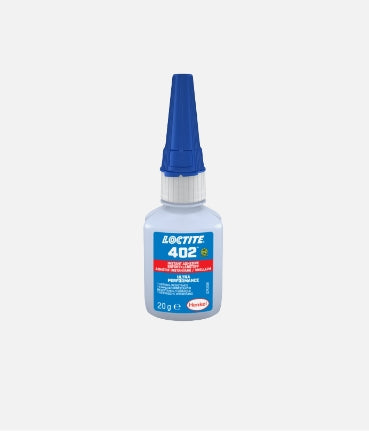
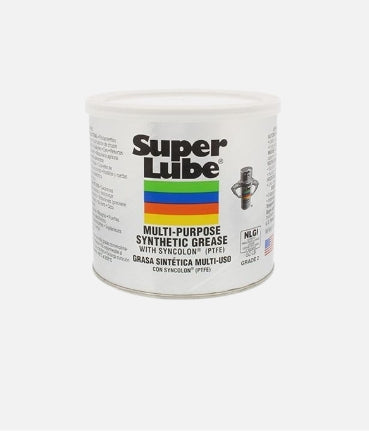
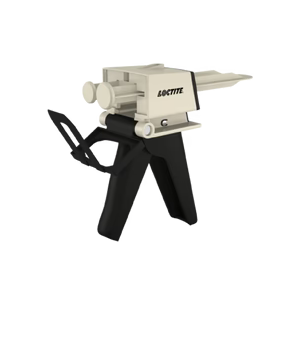
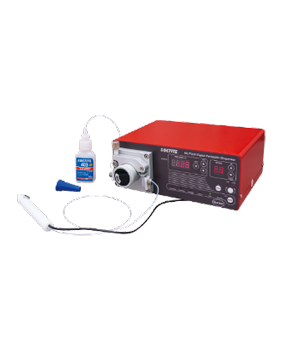

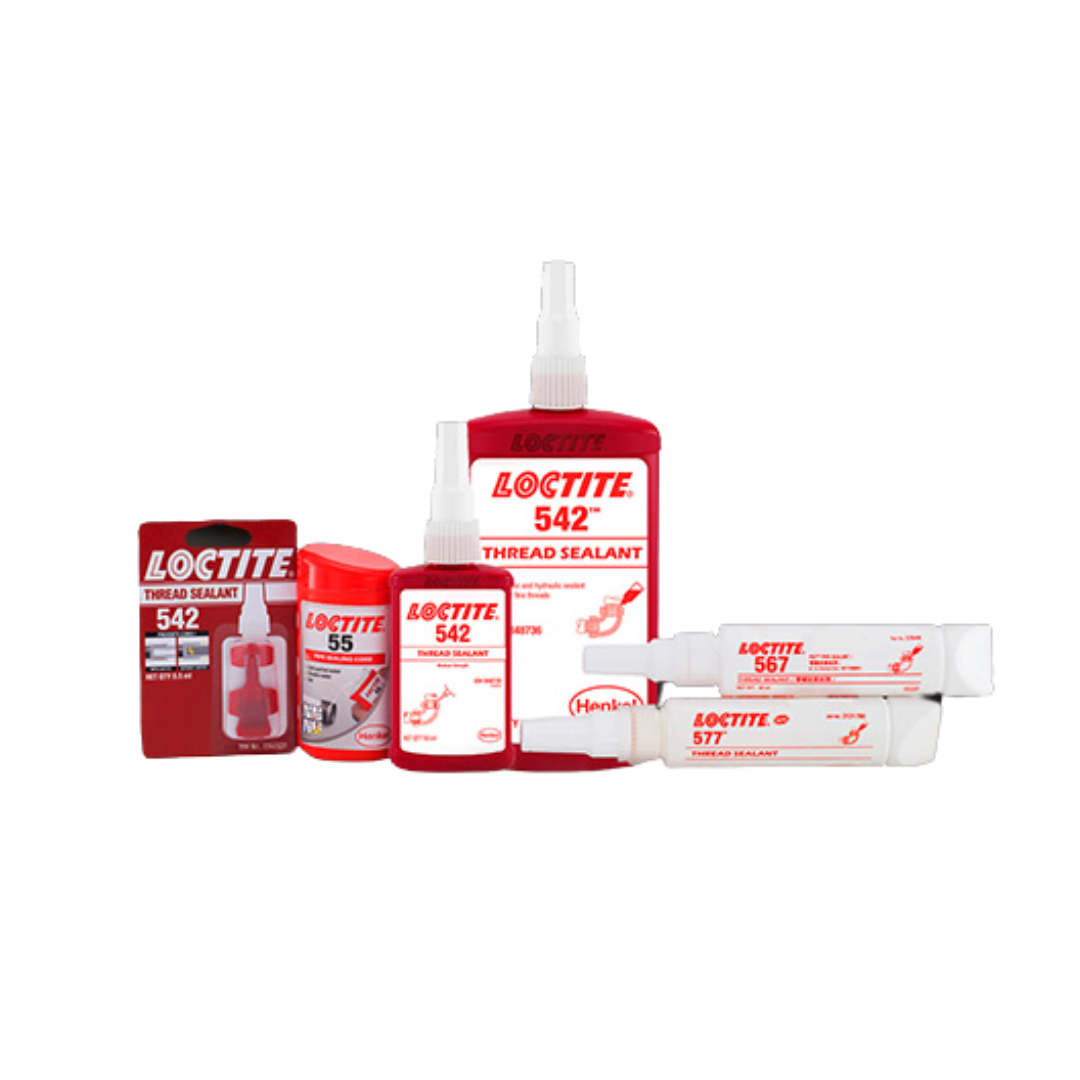
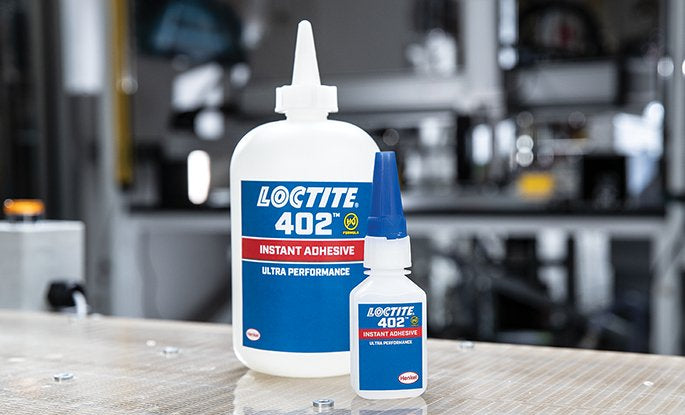
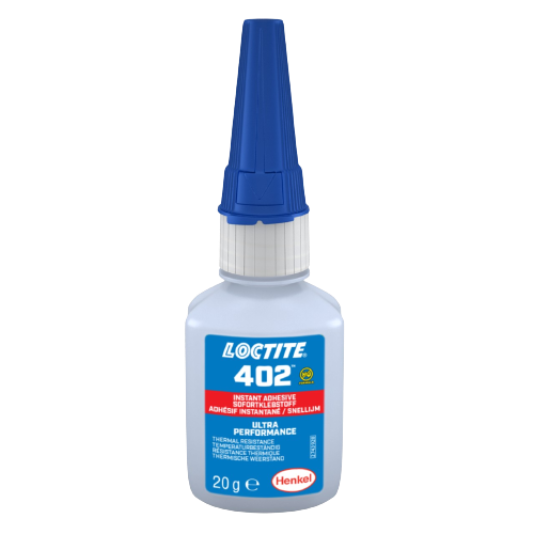
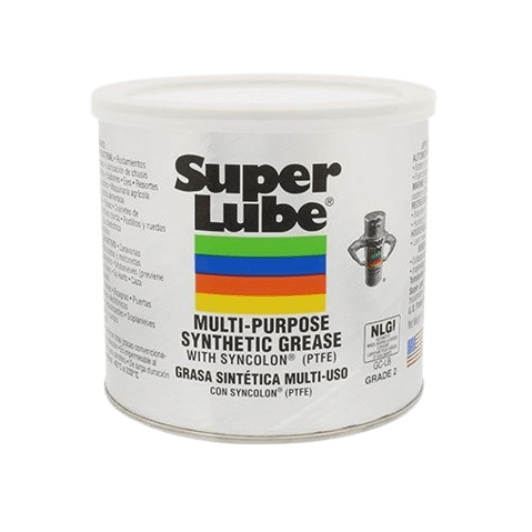
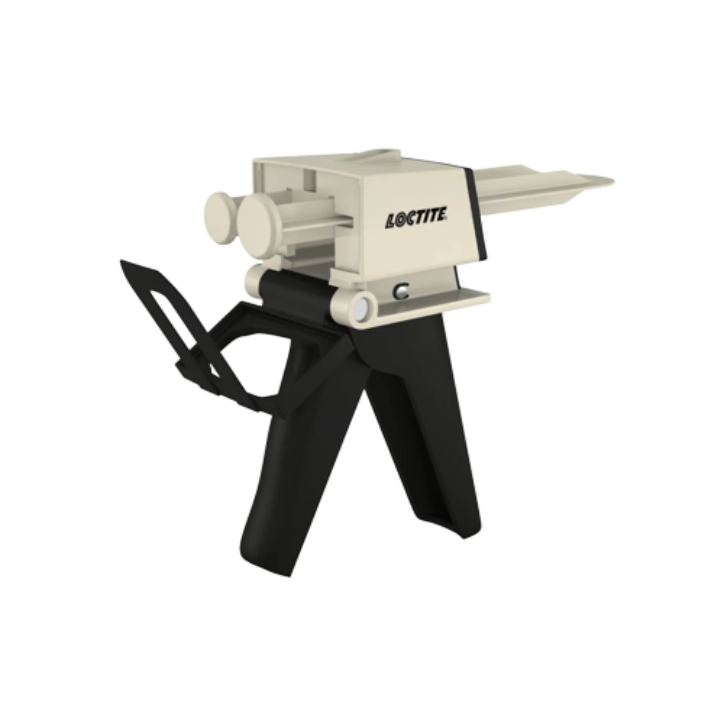
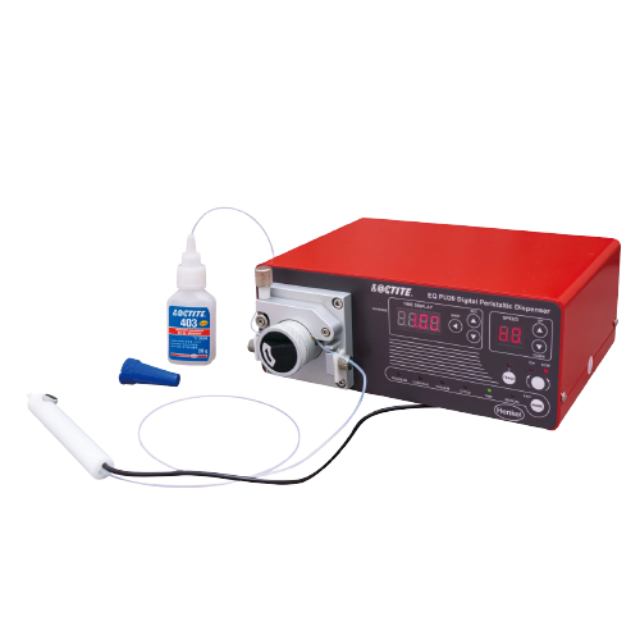
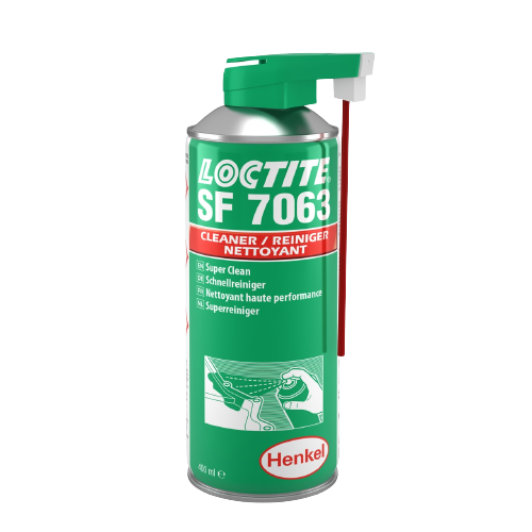
Leave a comment
All comments are moderated before being published.
This site is protected by reCAPTCHA and the Google Privacy Policy and Terms of Service apply.